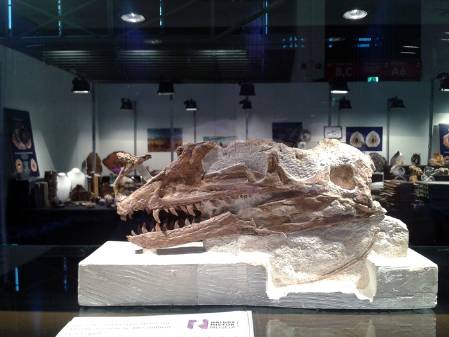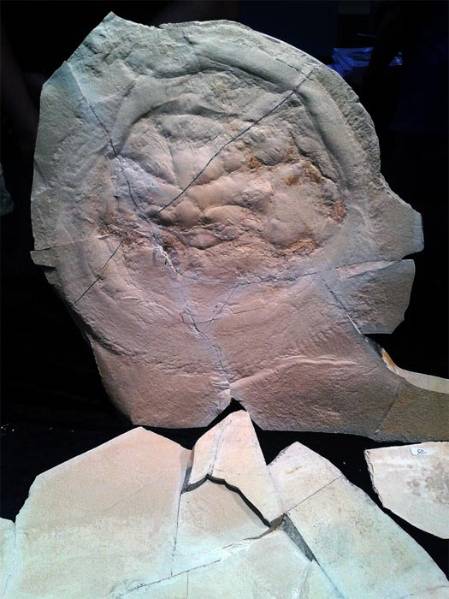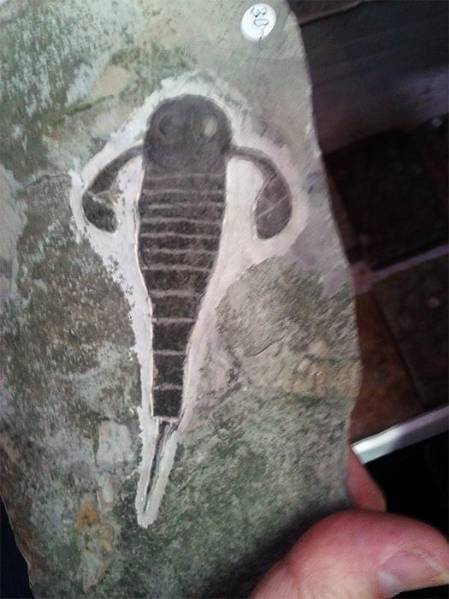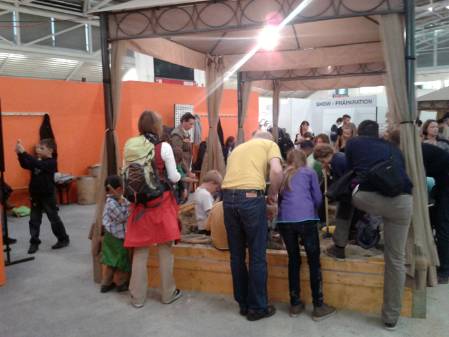During three hectic days from 25 to 27 October 2013 I attended The Munich Show, one of the most important fossil and mineral fairs in the world.
Marienplatz, in the heart of Munich, was home to medieval markets, celebrations, and tournaments in the 12th century.
We arrived Munich on 23 October to install the Museum's exhibition at the Mineralientage München (Munich Show), which this year was devoted to gold in celebration of its 50th anniversary. In the case of fossils this translated as golden discoveries in Palaeontology.
The Museum contributed by exhibiting some of our most valuable fossils, including the iconic first finding of Tyrannosaurus rex, an incomplete lower jaw with teeth, which is the holotype of Dynamosaurus imperiosus.
 Venue for the Museum specimens at the Messegelände, the New Munich Trade Fair Centre.
Venue for the Museum specimens at the Messegelände, the New Munich Trade Fair Centre.
Another important fossil from the Museum was Proceratosaurus, a small-sized carnivorous theropod.
Proceratosaurus, theropod from the Middle Jurassic of England.
As well as fossil vertebrates the show included invertebrates, like this slab of Balanocrinus and Palaeocoma from the David Harvey Collection.
Crinoids and brittle star of the David Harvey Collection at the Museum exhibit.
The Museum displayed specimens from 'golden palaeontological sites' like the Burgess Shale and Lyme Regis.
Palaeocoma milleri, brittle star, collected by Mary Anning.
During the three days I visited all the stands concerning fossils in detail and I saw very striking specimens. Some of them were really uncommon and important scientifically. It was possible to see Edicarian fossils from Russia, really nice slabs of a whole colony of crinoids from Holzmaden or medusae from Solnhofen.
Ediacarian fossils from White Sea, Russia.
Well-preserved medusa Rhizostomites from Solnhofen.
On the other hand, this fossil fair has also been a very good place to see fossil fakes or “reconstructed” fossils.
Ammonite that has been half carved.
Eurypterid that has been 90% reconstructed - painted on.
The show also included activities for children, such as interactive workshops like fossil splitting and soapstone carving.
A 'caveman' working on cutting and polishing stones.
Little raiders of the lost fossil.
We enjoyed not only the fossils but also a big party to celebrate the Golden Jubilee on 25 October, the first day of the show, with a Bavarian orchestra that was playing while we had our dinner with typical dishes and drink from Munich, like my favourites ones: Spaetzle with cheese and German beer.
Bavarian orchestra to celebrate the 50th Anniversary of the Munich Mineral and Fossil Show.
Congratulations to Christoph Keilmann for organising the Munich show!













